
We are celebrating 15 years — and counting — of stories that are deeply researched and deeply felt, that build a historical record of what the city has been.
We are celebrating 15 years — and counting — of stories that are deeply researched and deeply felt, that build a historical record of what the city has been.
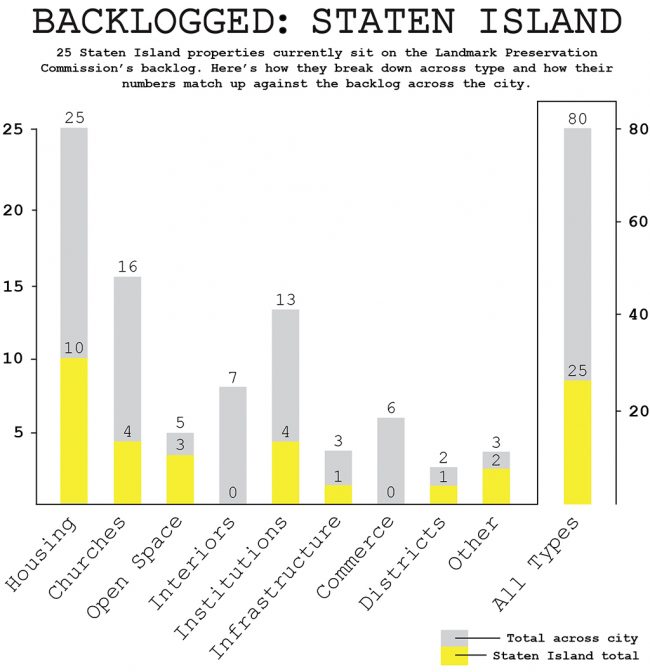
Categories are not official Landmark Preservation Commission designations and were created by Urban Omnibus. Housing includes single- and multi-family housing; Open Space includes parks, cemeteries, and a country club; Institutions include cultural institutions and schools; and Commerce includes commercial and industrial properties. Sites that include multiple buildings up for landmarking are presented as one property. | Graphic by Jonathan Tarleton
In a city that prides itself on its history and continual recreation, what pieces of vulnerable, historic architecture are worth preserving for posterity is as fierce as a debate as any. To preserve and maintain “significant” monuments and spaces, New York City established the Landmarks Preservation Commission (LPC) in 1965; the LPC has since landmarked over 33,000 properties across all five boroughs. Far more than erecting a plaque, a landmark designation imposes regulations on any future changes to the architectural features of a property, making the designation desired by some and strongly opposed by others. Yet many just want to know where they stand.
The LPC has recently come under fire for a backlog of almost 100 properties, stuck in limbo between landmark status and life as just any other place. These backlogged sites were once considered by the Commission but were not immediately acted upon — or in LPC terminology, they were “calendared.” Some properties have languished on the calendar since the mid-60s.
Under mounting pressure from the City Council to speed up its process, the LPC launched an initiative to clear the backlog earlier this year. Beginning in July, the Commission released research files for each property calendared prior to 2010 and held public hearings to solicit opinions on their worthiness as landmarks. Closure for these properties and their owners is imminent: the Commission will make final decisions on each site by February 2016.
Over the next few weeks, we will profile backlogged properties from each borough, ranging in type from a pumping station on Coney Island to historic theater interiors in Manhattan. In the process, we’ll highlight the sometimes convoluted nature of the landmarking process and call attention to the LPC’s salient effort to abolish landmark limbo. This week we feature a few examples from Staten Island, home to the lion’s share of backlogged houses, including some ghosts — those that were demolished while awaiting their landmark fate.
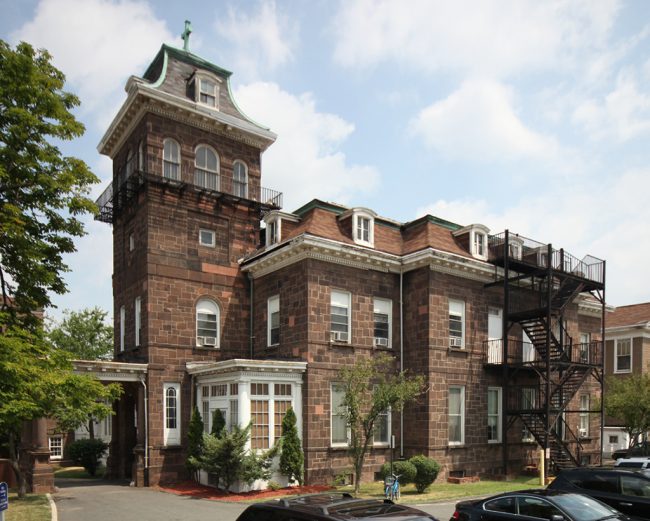
William T. and Mary Marcellite Garner Mansion | Photo via LPC
William T. and Mary Marcellite Garner Mansion (Institution)
Address: 355 Bard Avenue, Staten Island
Originally Calendared: 1966
Built: 1859-60
Originally built by cotton broker/real estate developer Charles Taber and purchased by textile giant William T. Garner soon thereafter, this Second Empire-style mansion features a brownstone façade and a four-story tower. Located just south of Snug Harbor in suburban West Brighton, the manse sits on what was once a 13-acre estate, now the Richmond University Medical Center campus.
Following a relatively short life as a residence, the Garner Mansion has housed a number of institutions since the 1880s. St. Austin’s Episcopal School for Boys (later renamed St. Austin’s Military Academy) educated West Brighton boys between 1883 and 1898 before relocating to Connecticut. Just after the turn of the century, the mansion was transferred to the Sisters of Charity of New York, a congregation of Catholic women dedicated to education and nursing who operated St. Vincent’s Hospital in Manhattan from 1849 to 2010. The organization initially envisioned the mansion as a tuberculosis hospital, taking advantage of its ample light and open space, but St. Vincent’s Medical Center, as it was known, quickly turned into a general hospital serving all of Staten Island. St. Vincent’s closed in 2006, and the building was incorporated into the Richmond University Medical Center. Currently called the Villa Building, it houses administrative offices for the hospital. 50 years after the mansion was initially calendared, the medical center opposes the building’s potential landmark status, which would throw a wrench in an impending renovation plan for the campus.
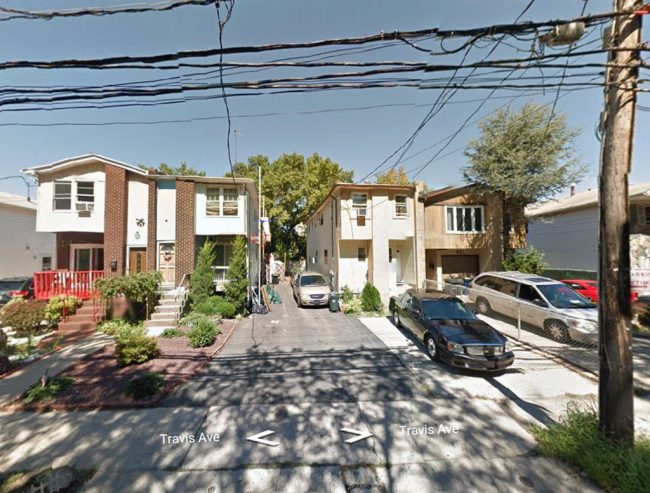
Google Street View image of the former site of the Crocheron House | Image via LPC
Former tax lot of Crocheron House (Other)
Address: 47 Travis Avenue, Staten Island
Originally Calendared: 1966
Built: Early 19th century
In one of the stranger twists on the backlog, the LPC must now determine if a tax lot in the Bull’s Head neighborhood of central Staten Island deserves landmarking — even though it no longer holds the building that brought the property to the Commission’s attention. The Crocheron House’s tax lot carries a history reminiscent of the Dorothy Day Historic Site’s saga (also on the LPC backlog): the site was once home to a historic farmhouse belonging to Abraham Crocheron, a member of the prominent family of merchants and farmers who called Staten Island home for generations. The farmhouse was brought to the attention of the LPC in the 1960s amid talks of its relocation to Historic Richmond Town. But nine years after being calendared, the farmhouse was felled to make way for residential development spurred by the opening of the Verrazano-Narrows Bridge and the resultant influx of residents. The demolition of the building of interest did not, however, remove the site from the LPC’s docket.
The story of the former site of the Crocheron House becomes even more convoluted when considered alongside the preservation of a different Crocheron House on Staten Island. Following the demolition of Abraham’s farmhouse, the Staten Island Historical Society relocated the farmhouse of Jacob Crocheron, Abraham’s relative, to Historic Richmond Town in the late 1980s. Jacob’s farmhouse, which is not landmarked but still stands in Richmond Town today, was originally located at 84 Woodrow Road in the neighborhood of Greenridge, and much of the LPC’s documentation of the site confuses the two Crocheron houses. Further complicating matters, the specific tax lots referred to by the LPC do not correspond to 47 Travis Avenue, the address of the former site of the Crocheron House that appears throughout LPC reports. Simeon Bankoff, the Executive Director of the Historic Districts Council, notes that Staten Island roads have been renamed and renumbered many times over the years, which could explain the inconsistencies surrounding the former address of the Crocheron House.
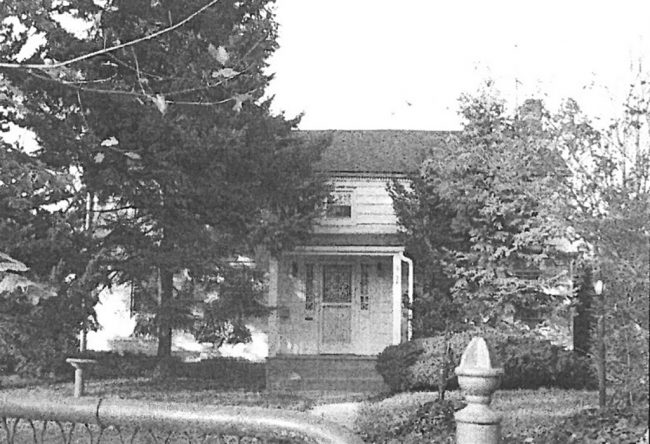
3833 Amboy Road | Image via LPC
3833 Amboy Road (Housing)
Address: 3833 Amboy Road, Staten Island
Originally Calendared: 2007
Built: circa 1840
This clapboard gable-roofed farmhouse harks back to the rural history of Staten Island. Located in the residential Great Kills neighborhood, the spacious home was originally owned by farmer William Stillwell and his family. Well over 50 historic homes in Staten Island have been landmarked over the years, and nine more sit in the backlog, due to their “special historical and aesthetic interest and value as part of the development, heritage, and cultural characteristics of New York City.” The landmarking of these homes have typically gained support from local preservationists but strong opposition from the homeowners. In the case of 3833 Amboy Road, owner Joseph Diamond echoed a common concern, describing some house designations as arbitrary. In his statement to the LPC on a October 25, 2011 hearing on his home, Diamond outlined his objection: “[My wife and I] feel making it a landmark will decrease it’s value substantially, as it will limit us, and our successors at this address, from modifying the exterior in any way.” Diamond went on to say that landmarking his home would completely overlook the decades of work he and his family put in to maintain the house, which ultimately aligns with the LPC’s stated goals to “preserv[e] the architectural history of the city.”
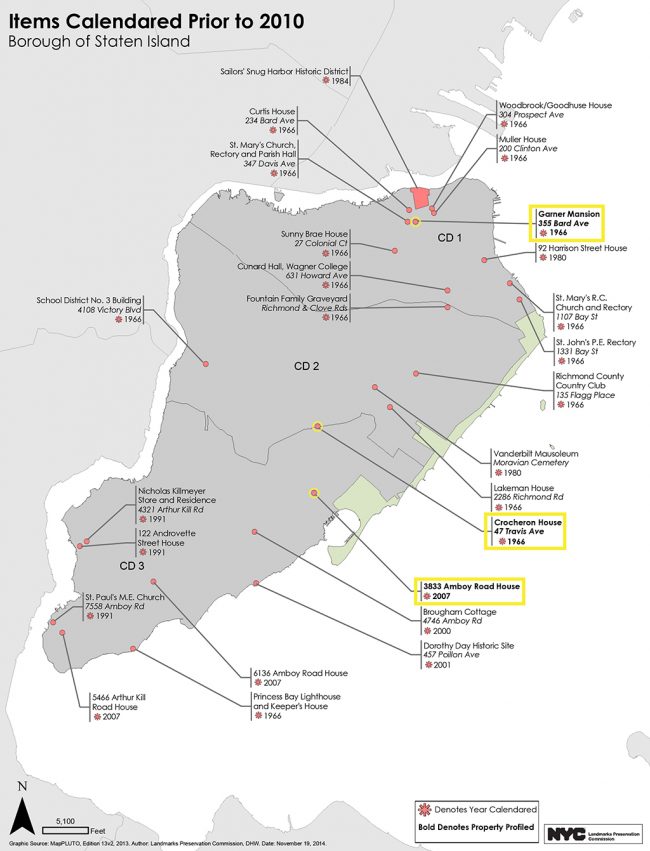
All Staten Island properties currently in the LPC backlog. Properties profiled above are bordered in yellow. Click here from more information on each Staten Island site. | Map via LPC
Ben Pardee is an urbanist, hip-hop enthusiast, and yogi. He is a project assistant on Urban Omnibus and blends his deep Texan pride with Yankee sensibilities.
The views expressed here are those of the authors only and do not reflect the position of The Architectural League of New York.